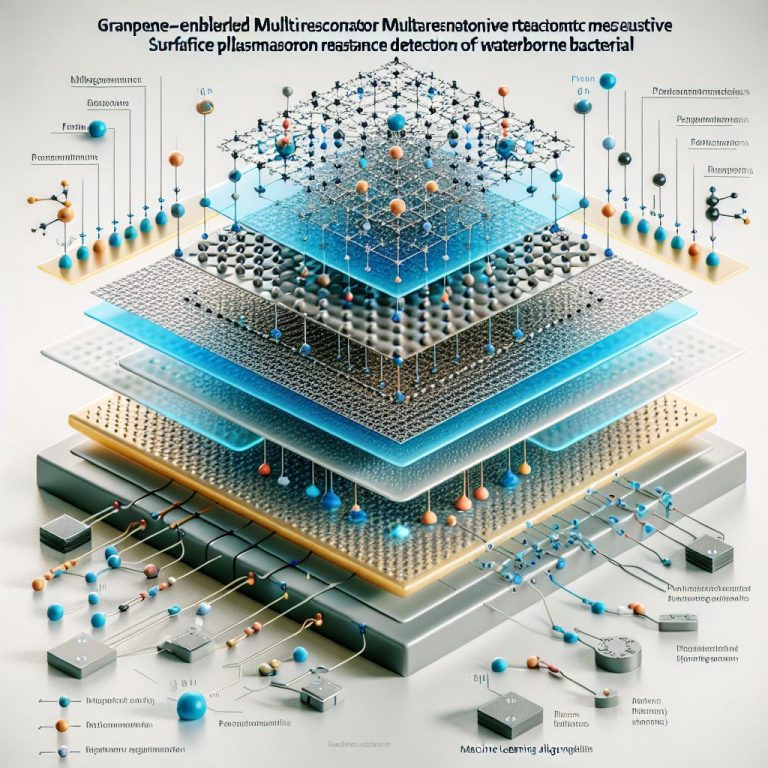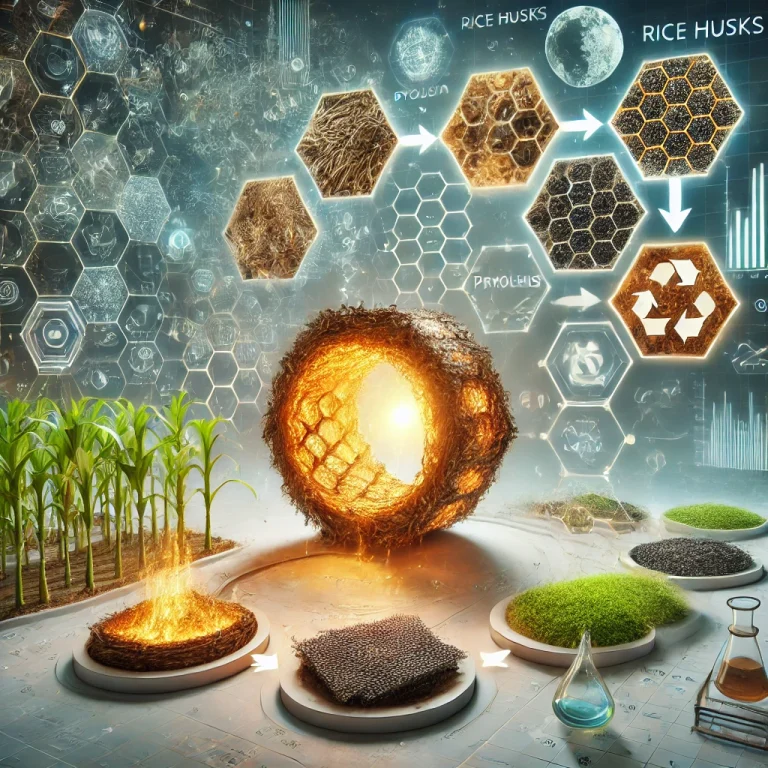Advances in Graphene-Based Electrodes for Triboelectric Nanogenerators
Introduction
Wearable electronics, wireless sensor networks, and other micro-electronic devices are increasingly integral to our daily lives. However, powering these devices sustainably remains a challenge. Traditional batteries, with their need for frequent replacement and recycling, contribute to environmental issues. Triboelectric nanogenerators (TENGs), which convert mechanical energy into electricity, have emerged as a promising solution. This blog explores the recent strides in TENG technology, focusing on the pivotal role of graphene-based electrodes.
Spotlight on the Authors and Motivation
The study, spearheaded by Yun Chen at the Guangdong University of Technology, delves into enhancing TENG efficiency using graphene electrodes. Dr. Chen’s team sought to address the limitations of traditional electrodes, such as durability and efficiency, and leverage graphene’s exceptional electrical, mechanical, and chemical properties. Inspired by the global push for sustainable energy solutions, this work builds on years of research into nanomaterials for energy harvesting.
A Brief Historical Perspective
The concept of TENGs dates back to the early 2010s, with breakthroughs demonstrating their ability to generate electricity from various mechanical forces—ranging from wind and water droplets to human motion. Early TENGs relied heavily on metal electrodes, but these faced issues like corrosion and limited flexibility. The introduction of graphene, a single layer of carbon atoms arranged in a hexagonal lattice, marked a turning point. Its high conductivity, flexibility, and scalability offered an avenue to overcome these barriers.
Research Goals and Hypothesis
The primary aim of this study was to explore precision processing methods for fabricating graphene electrodes and to demonstrate their advantages in TENG applications. The authors hypothesized that incorporating graphene and its derivatives would enhance TENG efficiency by improving charge transfer, durability, and mechanical adaptability.
Key Findings
- Processing Graphene Electrodes:
Graphene electrodes were synthesized using both top-down (e.g., exfoliation from graphite) and bottom-up methods (e.g., chemical vapor deposition). Each approach was optimized for specific applications, such as flexible sensors or high-output energy harvesters. - Enhanced Performance:
Incorporating graphene derivatives like graphene oxide (GO) and reduced graphene oxide (rGO) into TENGs significantly improved power density and durability. For example, rGO-based electrodes exhibited up to 30 times higher output compared to traditional setups. - Diverse Applications:
- Wearable Technology: Flexible TENGs using graphene electrodes are being integrated into electronic skins (e-skins) for human-machine interaction.
- Environmental Monitoring: Devices leveraging graphene electrodes are used for tasks like rain energy harvesting and pollution sensing.
- Healthcare: Self-powered sensors monitor biomechanical movements, offering applications in fitness and medical diagnostics.
- Wearable Technology: Flexible TENGs using graphene electrodes are being integrated into electronic skins (e-skins) for human-machine interaction.
- Global Impact:
Graphene-based TENGs offer a pathway to renewable energy solutions. Applications in rural electrification, IoT devices, and even hydrogen production underline their potential to address energy and environmental challenges globally.
Methods in Focus
The study meticulously categorized graphene electrode processing techniques:
- Top-Down Methods: Techniques like exfoliation yielded graphene quantum dots (GQDs) and nanosheets, which were incorporated into polymer matrices to enhance triboelectric properties.
- Bottom-Up Methods: Advanced approaches like chemical vapor deposition produced high-quality graphene films for transparent and flexible electrodes.
Conclusions
The research concluded that graphene electrodes substantially enhance TENG performance across multiple dimensions—power output, flexibility, and environmental resilience. By integrating graphene into TENG systems, researchers can harness ambient mechanical energy with higher efficiency and reliability.
Future Recommendations
- Material Optimization: Further work should focus on doping graphene with elements like nitrogen or boron to fine-tune its electrical properties.
- Scalable Manufacturing: Developing cost-effective and environmentally friendly graphene synthesis methods will be key to widespread adoption.
- Integration with IoT: Combining graphene-TENG systems with IoT networks could revolutionize smart cities, wearable health monitoring, and remote environmental sensing.
Broader Implications
The potential of graphene-based TENGs to power future technologies is immense. As sustainable energy demands grow, such advancements can lead to greener electronics, reduce dependency on traditional batteries, and minimize electronic waste. This aligns with global goals to combat climate change and transition to renewable energy systems.
Conclusion: The strides made in graphene electrode-based TENGs underscore the transformative potential of nanotechnology in energy harvesting. With continued research and development, these innovations could play a pivotal role in shaping a sustainable and connected future.
For a deeper dive into the methods, results, and applications, check out the full paper: Advances in Graphene-Based Electrode for Triboelectric Nanogenerator by Yun Chen and colleagues in Nano-Micro Letters (2025).


